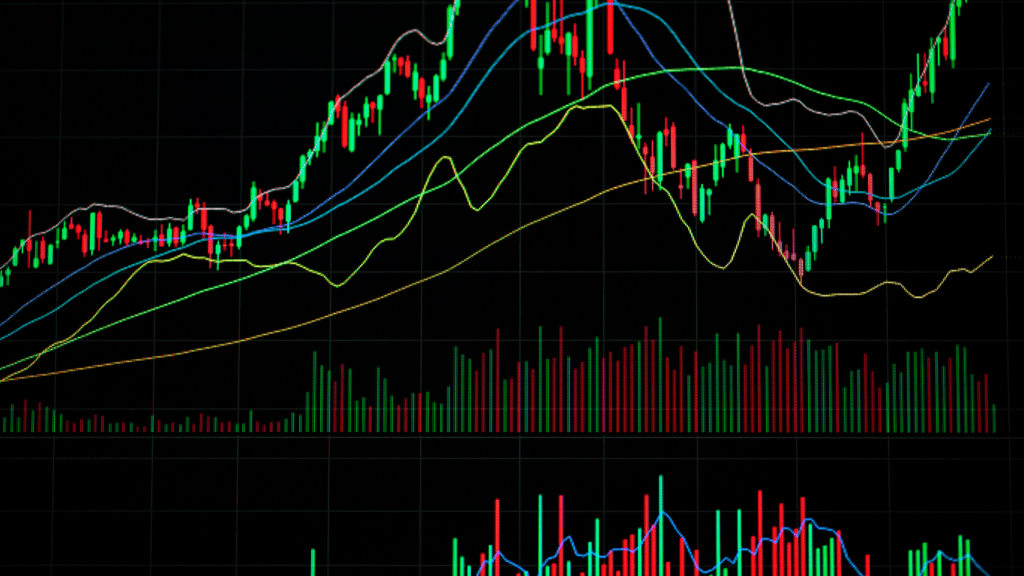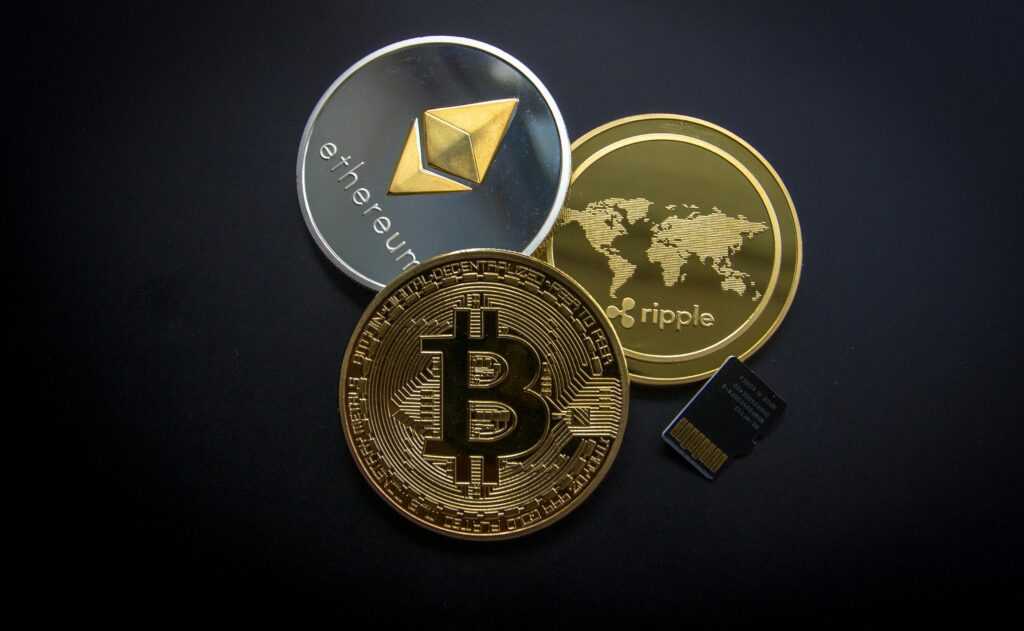The Landscape of DeFi: A Brief Overview
Decentralized Finance, or DeFi, has emerged as a transformative force in the financial sector. By using blockchain technology, DeFi offers financial services without intermediaries like banks.
Its ecosystem includes various components that work seamlessly to create a decentralized network.
Core Components
- Smart Contracts: These self-executing contracts, run on blockchain networks like Ethereum, automate processes like lending and trading when conditions are met.
- Decentralized Exchanges (DEXes): Platforms like Uniswap and SushiSwap allow peer-to-peer trades without a central authority.
- Stablecoins: These cryptocurrencies, like USDC and DAI, maintain value parity with traditional fiat currencies, providing stability in volatile markets.
Key Benefits
- Accessibility: Anyone with an internet connection can access DeFi services, bridging the gap for the unbanked.
- Transparency: DeFi transactions are publicly recorded on blockchains, ensuring auditability.
- Efficiency: DeFi reduces transaction times and costs by eliminating intermediaries.
Major Protocols
- MakerDAO: A decentralized credit platform creating the stablecoin DAI.
- Compound: A protocol allowing users to lend and borrow cryptocurrencies.
- Aave: An open-source protocol offering variable and stable interest rates.
Security and Risks
While DeFi offers numerous advantages, it also comes with risks. Vulnerabilities in smart contracts can lead to security breaches. Governance models may also present risks since decisions are made by token holders.
By understanding the core components, key benefits, major protocols, and associated risks, one gains a clearer picture of DeFi’s landscape. This overview sets the stage for deeper dives into specific developments and updates in the DeFi world.
Key Developments in DeFi Technology

Key advancements in DeFi are driving the ecosystem’s growth and transforming financial services.
Advances in Smart Contract Design
Developers continuously enhance smart contract design to address scalability, efficiency, and security concerns. Smart contracts enable trustless transactions, reducing reliance on intermediaries.
Notable innovations include layer-2 solutions like Optimistic Rollups and zk-Rollups, which improve transaction speeds and lower costs by processing transactions off-chain while maintaining security.
Ethereum’s transition to Ethereum 2.0 marks a significant upgrade, introducing proof-of-stake consensus to enhance scalability and sustainability.
These improvements directly affect lending protocols, decentralized exchanges, and yield farming platforms, making them more robust and user-friendly.
Improvements in Security Protocols
Security improvements are crucial to DeFi’s growth, addressing vulnerabilities and instilling user confidence. Developers implement advanced cryptographic techniques and rigorous auditing processes to mitigate risks.
Formal verification methods ensure that smart contracts execute as intended, reducing the likelihood of exploits. Projects like CertiK and Quantstamp specialize in auditing smart contracts, identifying and fixing vulnerabilities before deployment.
Additionally, decentralized insurance protocols like Nexus Mutual provide coverage against smart contract failures, adding an extra layer of security for users.
Major DeFi Platforms and Their Impact
The rise of DeFi platforms has significantly influenced the financial landscape. I’ll explore some of the key platforms and their contributions.
Ethereum and DeFi: The Starting Point
Ethereum serves as the foundation for the DeFi ecosystem. It introduced smart contracts, which automate financial transactions without intermediaries.
MakerDAO, one of the earliest DeFi projects on Ethereum, offers a decentralized stablecoin, DAI, pegged to the US dollar. This platform enables users to create collateralized debt positions, enhancing liquidity and stability.
Compound allows users to lend and borrow various cryptocurrencies, utilizing an algorithmic interest rate model. By integrating these financial instruments, Ethereum laid the groundwork for the expansive DeFi landscape we see today.
Emerging Platforms Shaping the Future
Several emerging platforms are now shaping the future of DeFi. Binance Smart Chain (BSC) provides faster transaction times and lower fees compared to Ethereum.
Its DeFi ecosystem hosts projects like PancakeSwap, a decentralized exchange known for its efficiency. Solana is gaining traction with its high throughput and low-latency infrastructure.
It supports platforms like Serum, which offers a decentralized order book. Polkadot enhances interoperability between blockchains, allowing diversified DeFi applications.
Projects like Acala on Polkadot enable multi-chain DeFi protocols, offering advanced financial services. Each of these platforms introduces unique capabilities that push the boundaries of what DeFi can achieve.
Regulatory Challenges and Responses
Decentralized Finance (DeFi) faces various regulatory challenges. Different jurisdictions have introduced measures to address the unique issues DeFi presents.
Global Regulatory Trends
Authorities worldwide have taken different approaches. The US Securities and Exchange Commission (SEC) classifies several DeFi assets as securities, subjecting them to strict regulations.
The European Union’s Markets in Crypto-Assets (MiCA) framework aims to provide legal clarity, affecting DeFi operations. China has imposed strict bans on crypto transactions, influencing DeFi activities indirectly.
Countries like Singapore and Switzerland adopt a more balanced approach, fostering innovation while ensuring compliance.
Impacts on DeFi Adoption and Innovation
Regulations influence DeFi growth significantly. Strict regulatory measures might hinder innovation, deterring new projects. Conversely, clear regulations could foster trust, encouraging institutional investors to join the DeFi space.
Countries with favorable regulations see more robust DeFi development. For instance, Switzerland’s clear crypto guidelines attract numerous DeFi startups.
In contrast, restrictive environments like China push DeFi activities underground, limiting their potential for legal, broad-scale adoption.
The Future of DeFi
Decentralized Finance’s (DeFi) rapid growth signals significant shifts in financial technologies. Several trends outline the future trajectory of DeFi.
Predictions and Trends
Developments in DeFi continue to evolve, with several key trends emerging:
- Interoperability: Multiple DeFi platforms (e.g., Polkadot, Cosmos) are focused on enhancing cross-chain operability, enabling seamless asset transfers and communication between different blockchain networks.
- Mainstream Adoption: Increased participation from institutional investors indicates growing trust in DeFi protocols. Traditional financial entities (e.g., Visa, Mastercard) are exploring blockchain integrations to tap into DeFi potentials.
- Regulatory Clarification: Clarity in regulatory frameworks is anticipated, which will streamline compliant DeFi operations worldwide. Authorities (e.g., SEC, EU regulators) working on definitions will likely reduce uncertainties and encourage innovation.
Innovations like decentralized autonomous organizations (DAOs), enhanced security measures, and scalable solutions (e.g., sharding, state channels) will likely drive DeFi’s evolution.






